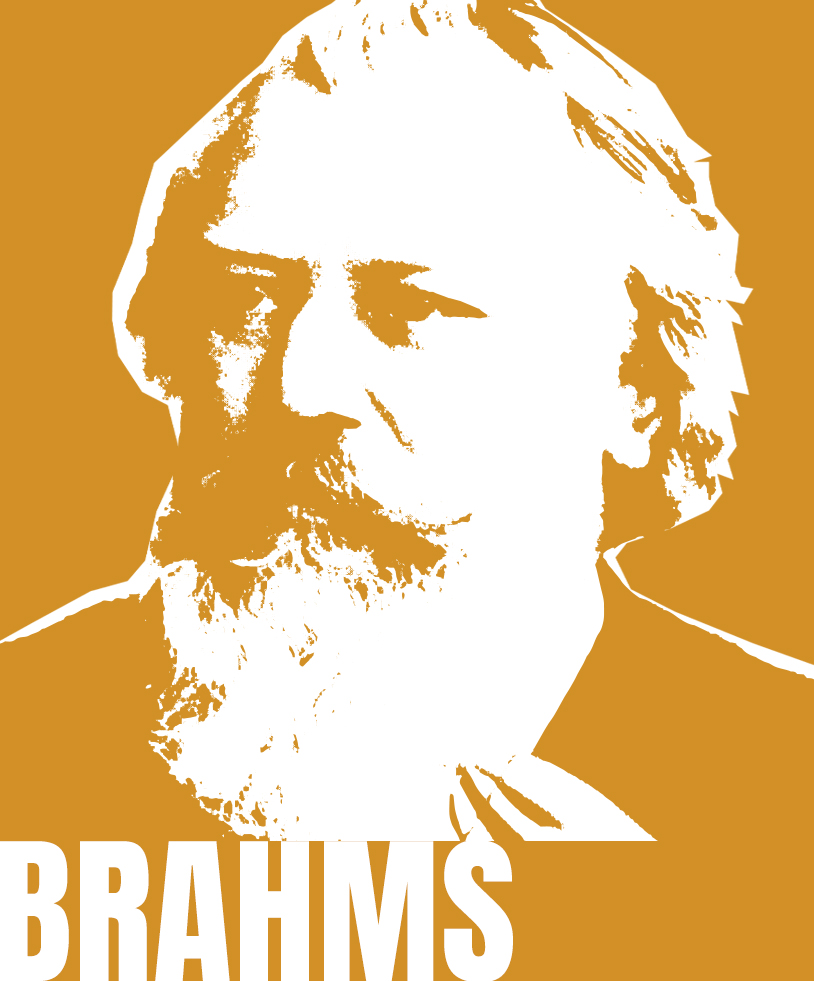Prelude to Act I of Lohengrin
Richard Wagner (1813-1883)
Lohengrin was Wagner’s sixth opera, but the fourth that he would cite in a list of his works. (The first two were juvenilia he wanted to forget.) As in Tannhäuser, which he had just completed, for Lohengrin he created his own libretto (“little book” in Italian, meaning the text for an opera) based on a German legend. Usually, to understand an orchestral overture or prelude to an opera, it is necessary to know the story that will follow. Not so with Lohengrin. In Lohengrin, Wagner chose to do something different not only from tradition but from his own practice. Instead of creating a lengthy overture out of materials from the opera, a practice he had followed in all his previous operas, he decided merely to set the mood. But he did much more: by crafting a vision of the Holy Grail in his prelude, he defined the ethos from which his heroic knight emerged.
Knight Lohengrin had been tapped by his father, the knight Parsifal (spelled Percival when he sits at King Arthur’s Round Table) to be guardian of the Holy Grail. Parsifal had inherited responsibility for the Grail after saving it from the clutches of the evil Klingsor. (Just how he did it, Wagner would tell in his final opera nearly four decades later.) Lohengrin tells of the events that befall the Knight of the Grail when he temporarily departs from his guardianship to help a princess in distress. What Wagner seeks to evoke in the prelude is the world of purity and light in which Lohengrin has been preserving the vessel from which Jesus and his disciples drank at the Last Supper. Wagner described the scene in his typically romantic rhetoric:
Out of the clear blue ether of the sky there seems to condense a wonderful, yet at first hardly perceptible vision; and out of this there gradually emerges, ever more and more clearly, an angel host bearing in its midst the sacred Grail. As it approaches earth, it pours out exquisite odors, like streams of gold, ravishing the sense of the beholder. The glory of the vision grows and grows until it seems as if the rapture must be shattered and dispersed by the very vehemence of its own expansion. The vision draws nearer, and the climax is reached when at last the Grail is revealed in all its glorious reality, radiating fiery beams and shaking the soul with emotion. The beholder sinks on his knees in adoring self-annihilation. The Grail pours out its light on him like a benediction and consecrates him to its service; then the flames gradually die away, and the angel host soars up again to the ethereal heights in tender joy, having made pure once more the hearts of men.
Wagner achieves his aura of heavenly purity with chords of high violins divided into eight parts, four of them solo on especially high sounds called “harmonics.” They play a leitmotif associated throughout the opera with the Grail. It is the single theme of the ten-minute prelude. Its only development is the gradual augmentation of the orchestra to create the climactic appearance of the Grail, which then fades into the mists of the original high harmonics.
It hardly needs noting that all this ultra-romanticism in concept and sound is entirely new. Never had an introduction to an opera (which Wagner, it must be noted, calls “prelude,” not “overture”) been based on such a tiny musical germ. Never had violins been wielded in such a risky, delicate fashion. Never had so little in musical terms been made into so much. And never had anyone had the colossal nerve to attempt to represent the most divine of sacred vessels in music. (Again, it hardly needs saying that no one has attempted it since.)
~Jere Lantz





